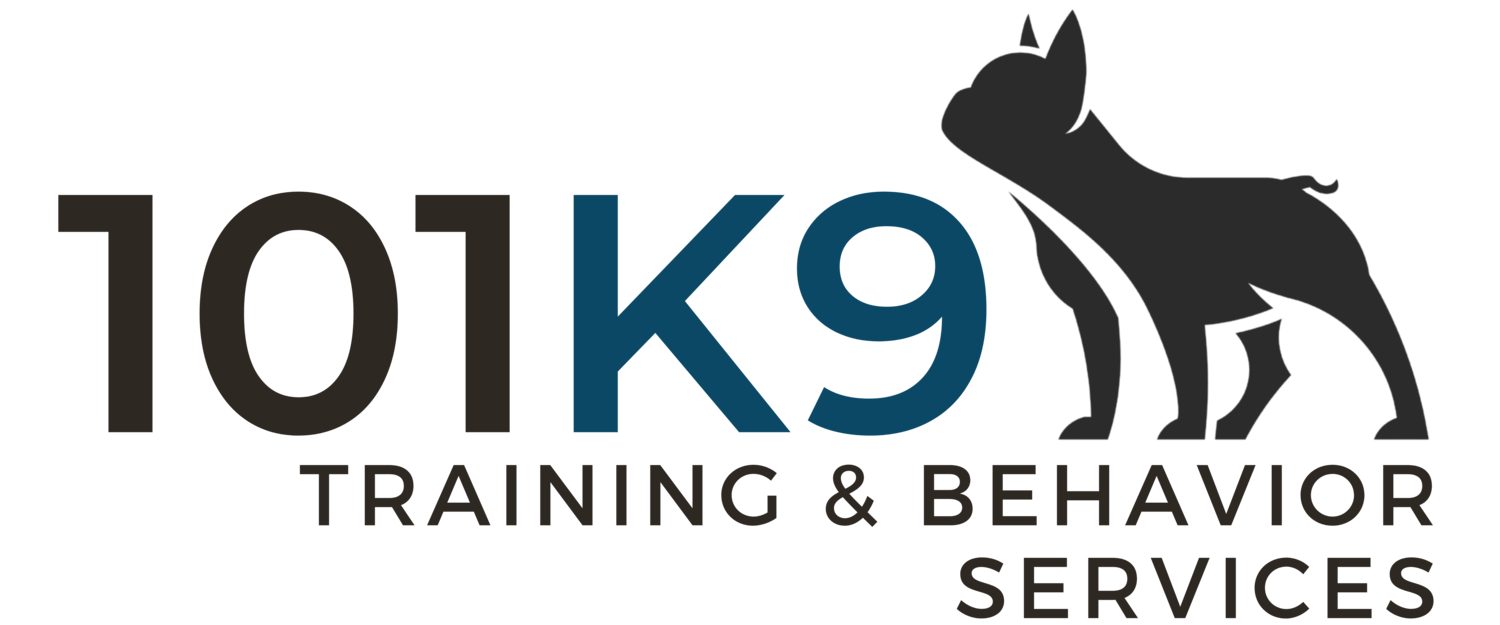Using “Markers” and Clicker Training
The beginning of Marker training created a revolution in dog training back in the 1930’s and has opened up a completely new method for training dogs. Nowadays, marker training is the most common method dog trainers and owners tend to use as it has proven to be incredibly successful, and provides clear communication with dogs.
Marker training has of course evolved since the 1930’s, it was originally pioneered by B.F Skinner, an American behaviorist at the time who conducted experiments on lab rats which led to his theory of operant conditioning.
I do not require my clients to know or memorize these marker words – your dog will remember them with association to me. However, I do suggest you use them during your personal training sessions or daily life.
During casual day-to-day interactions you do not have to mark every single time your dog performs a trick/command correctly after your dog has learned what it means and perform it correctly each time.
The markers I use in training are:
YES or CLICK
“YESSS” with a hissing s at the end to set it apart from a regular conversation “yes”. This is a terminal marker signaling to the dog that they have performed the behavior I want. It is the word I use to bridge the time frame between a favorable behavior and a reward. This way you have time to “dispense” a treat or provide other types of positive reinforcement.
It is okay for the dog to get up from position after the “yes” marker and to come and get their reward.
It is important to understand that "YES" is not verbal praise. People new to markers commonly misunderstand the difference between a MARK and PRAISE. When a person who get excited says "YES YES YES YOU'RE A GOOD BOY," they only confuse the dog because in effect they are marking three moments in time.
Clickers are easily heard by most dogs, the sound is neutral and consistent, precise timing is easy with practice, and it is a recognizable sound unlikely to be confused with background noise. It can be used to train and free-shape behaviors as well, marking the exact moment in time. Think of using a clicker like a camera; you want to capture the correct behavior, so the dog has a clear picture of what is expected. They’re also perfect for desensitizing dogs when marking a moment of the desired behavior.
GOOD
“GOOD” is a continuation marker. The “good” is said in a mild and even tone and not conveying emotion. It means keep doing what you are doing, and you’ll be rewarded. In other words, GOOD is the word I use to add duration to a command. A perfect example would be to use GOOD when I am teaching the dog to STAY DOWN or STAY in PLACE. When I teach duration for the down, I would not mark the dog when he went down with a YES because the mark is the release.
GOOD is not a release command. When we say GOOD the dog should understand that if he continues to do exactly what he was doing when we said GOOD, he will get a reward at some point in the future. A reward will be DELIVERED to the dog.
This is not to be confused with phrases such as “Good Boy/Girl!!” which can be used as praise (they’re said with more emotion in tone of voice). A dog can differentiate between the two and it is okay to use those as praise.
OKAY
“OKAY” is a release marker word. The “okay” is said in an upbeat tone of voice. Some people use “free” or “break”. Releases the dog from engaging and they are free to get what they want or do what they want. Since I mostly teach “pet dogs” the word “Okay” is most comfortable for clients to use.
NOPE
“NOPE” is a no reward marker. “That’s not what I want” or “That’s not what I asked for.” It signals to the dog that his behavior was not correct and to either fix it or try again. No reward will be provided.
NOPE cannot be said with anger in your voice (try it!) therefore you do not put social pressure on your dog. This allows you to be calm and collected when communicating with your dog. (E.g. dog in “place” gets off “place” before being released – say “NOPE” and put the dog back and continue training)
NO
“NO” is a corrective marker, said in an even (but stern) and non-raised voice. Should have strong meaning and should not be overused. Since words often get watered down and lose meaning – I like the “NO” to carry a strong meaning which is why I use “NOPE” in less serious manner such as when a command is improperly performed. Pairing “NO” with a correction will keep this marker meaningful. For example - slight leash pop to remind a dog to walk with a slack leash , turning around or walking toward a dog in case of jumping, moving something away or removing an item that they want in case of counter surfing. Keep in mind that just because some corrections are used THEY ARE NOT TO BE EXTREME. I do not condone hitting dogs, spraying with water, pulling a dog’s tongue, dominance rolling, or other harsh methods. Each slight correction should be very taught fully applied depending on the dog’s personality or past experiences.

